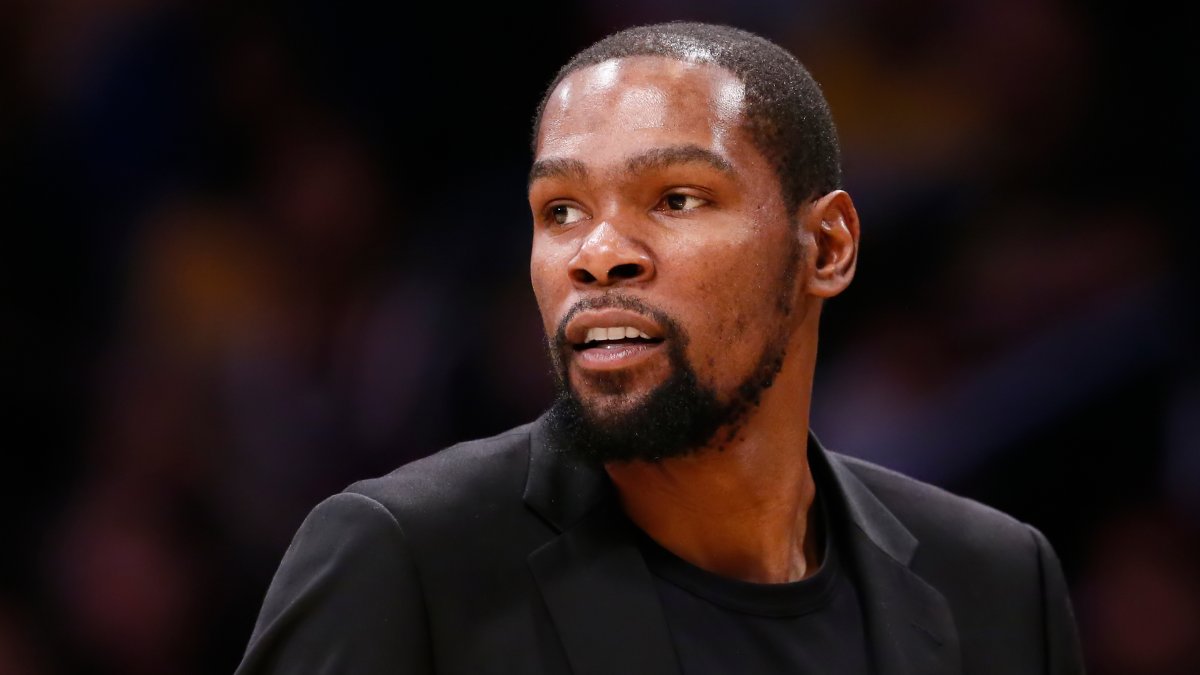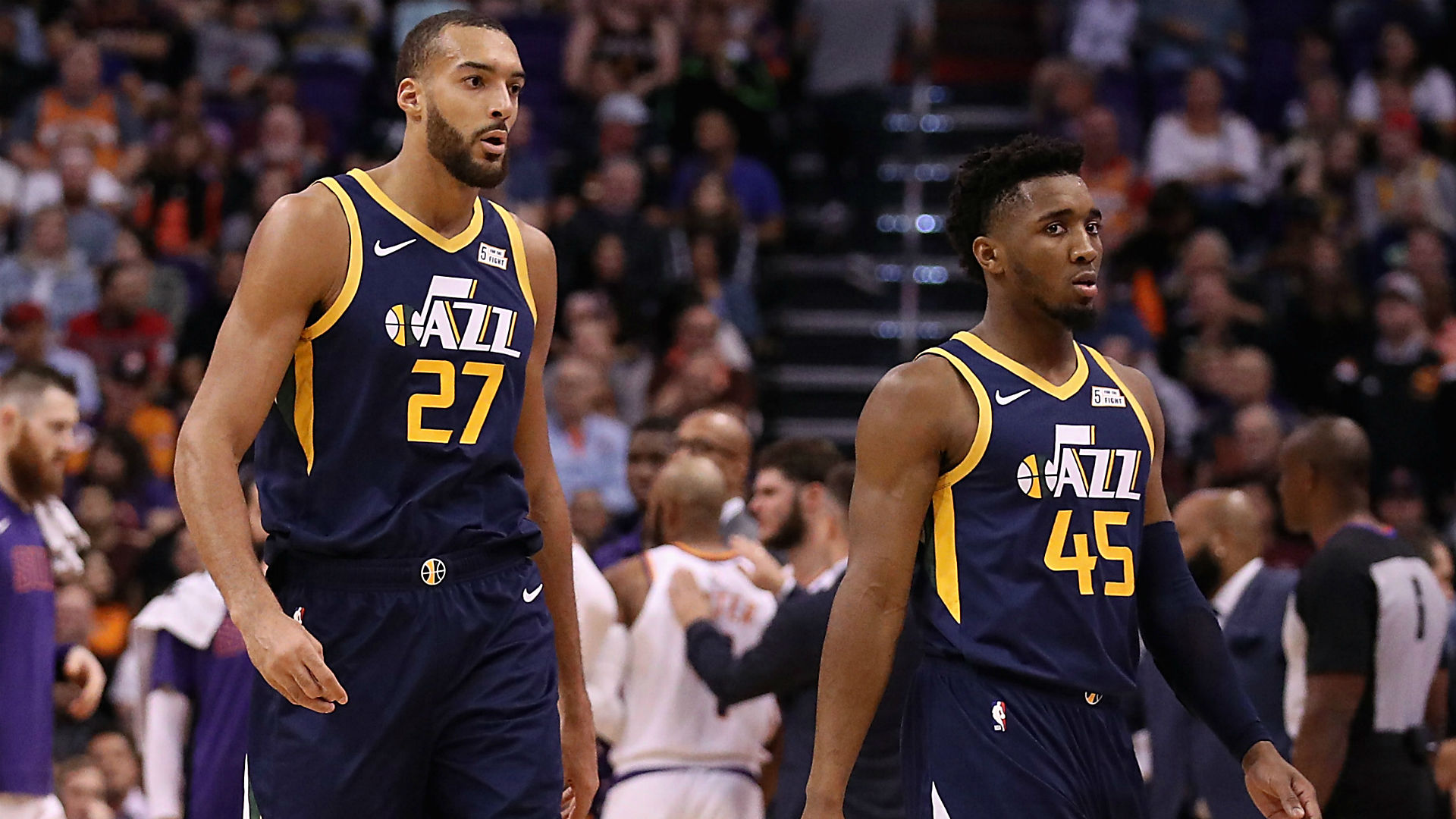Imagine I had a confirmed case of COVID. Unbeknownst to me, a declared case, I’ve also infected my friends, my kids, people near me. And this means on the first day, I can infect people, but then the next day, I can’t find people so easily to infect. In some ways, what’s happening is that visible cases are having a hard time finding people to infect, because the invisible cases have already infected them. Since then, there’s been a lot of extra findings about maybe we have some natural immunity to the virus as well.{/quote]
Seems to me he's grasping at straws. For starters, much of the infections may not be people you know. This is how the pandemic got started, people traveling and exposing strangers to the virus. Then in a local community, many of the infections may be to strangers you mingle with in a supermarket, mall, or some mass gathering. It's kind of ironic that Levitt assumes most people you infect will be those you are familiar with, because the lockdowns were instituted precisely to limit exposure to strangers, and Levitt doesn't think lockdowns or social distancing do any good.
What does he mean by invisible cases? Asymptomatics? They're probably not much more than half of the total of infected. Maybe presymptomatics, but so what? Saying that they've already infected most of the people a known symptomatic could infect is just saying that much of the spread goes on from people we don't know are spreading. That isn't to say that that limits the spread. i really don't know what his point is here.
He seems to be saying that we're close to herd immunity,, but we aren't anywhere near that. Levitt claims that herd immunity can be achieved with 30% infections, which no epidemiologist I'm aware of would agree with. He seems to infer this from mortality rates of infected reported to be 0.2-1.0%, and his 1/1000 rule. But even if that were the case, antibody studies show that very few places have come close to 30% infected rates, and then only small, densely-populated areas.
I don't know what he's referring to when he says we have natural immunity, but even if that were the case, why would it have an effect only after a certain number of infections? Does he think that some fraction of the population is immune, would not become infected even if in very close contact with someone who is? That's an intriguing possibility, but I don't think there's any evidence for it yet.
There have been maybe five or six situations where there was massive infection, including on the Diamond Princess cruise ship or provinces in Italy. You will find that the final death count is something like a tenth of a percent of the population.
The DP has recorded a death rate of close to 0.4% of the total population on board--and there are still several active cases, after all this time. Lombardy is at about 0.16%. NYC may be as high as 0.25%. Levitt would probably argue 1/1000 is only a rough figure, but this is just what you'd expect when many different places are using many different approaches, to varying degrees, to halt. the spread.
In any case, Levitt thinks social distancing doesn't matter. He thinks that the reduction in cases and deaths that so many countries have achieved following. lockdowns and other social restrictions have resulted from this intrinsic property of the virus or whatever. But the evidence for that really isn't very good. He points out Sweden, but in the first place, Swedes have practiced SD to some extent, even if the government didn't mandate it. And in the second place, Sweden has a high death rate, far higher than other Scandinavian countries. Norway in particular is a night-and-day comparison. i don't know how you could compare the two countries and not conclude that the lockdown, as well as aggressive testing and contact tracing, doesn't work.
He also notes that Japan, with a very high population density, has done very well in controlling the spread of the virus. But Japan shut down large public gatherings early, which are probably the source of many super-spreading events, and the customs of Japanese are also thought to have helped.
https://www.stanforddaily.com/2020/...-19-curve-could-be-naturally-self-flattening/









